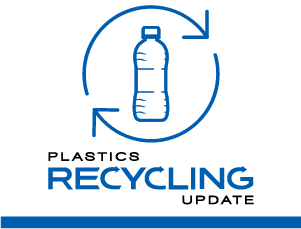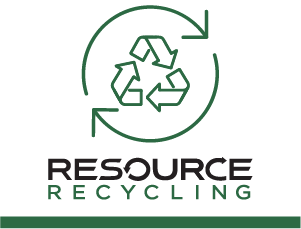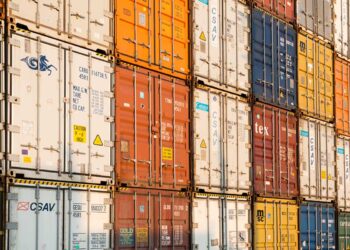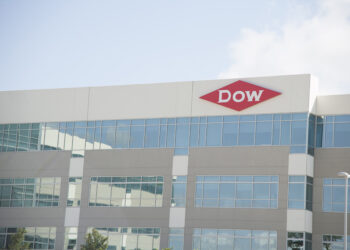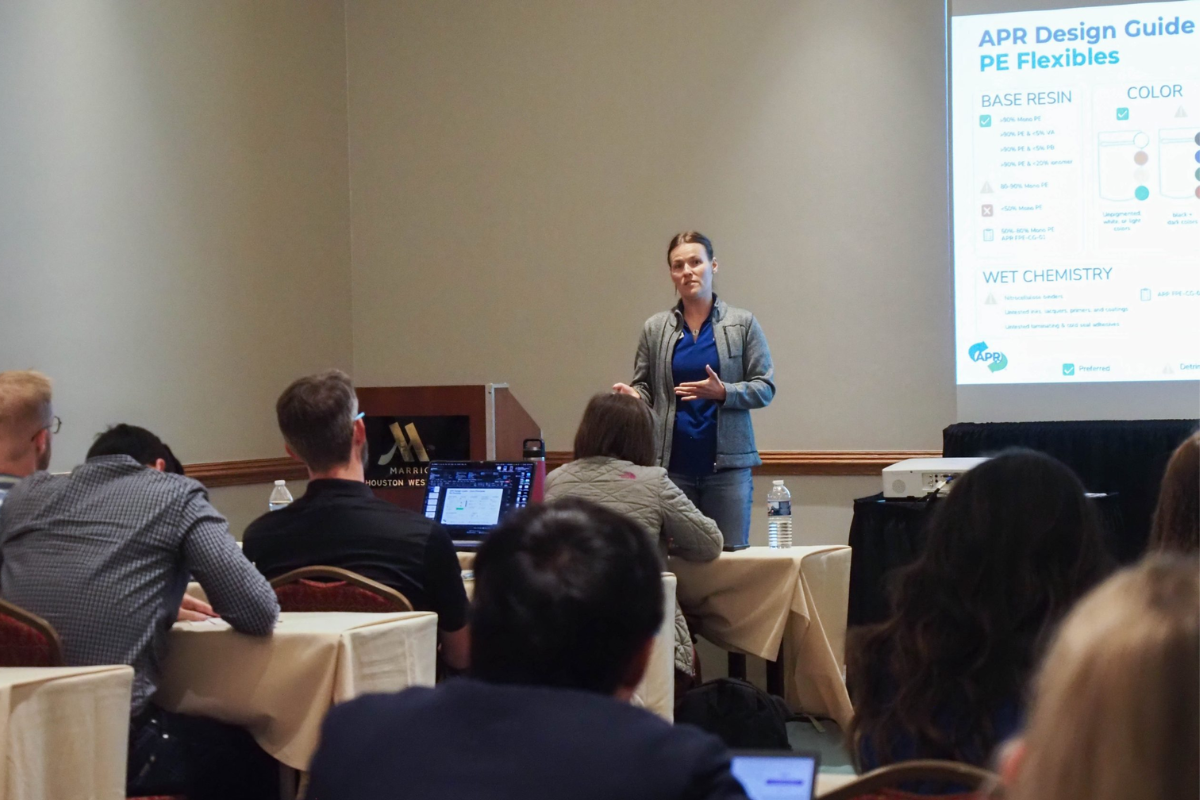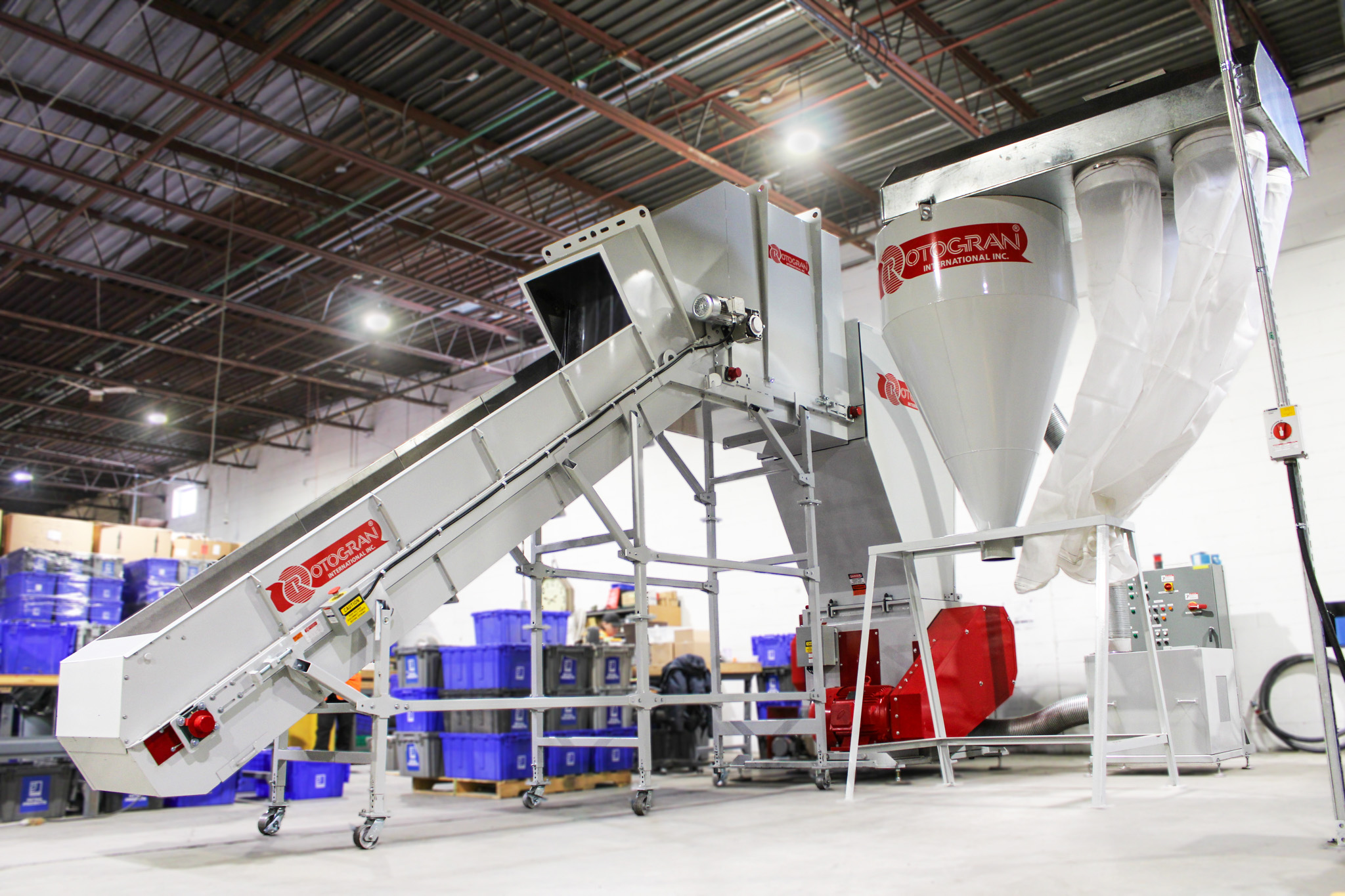Despite being entrenched in what the CEO described as “one of the longest downturns our industry has experienced,” chemical and polymer company Dow has started up new virgin PE resin capacity geared toward packaging for food and for health and hygiene, executives said during a quarterly investor call.
Among the biggest challenges for recycled PE is the abundance of competitively priced virgin resin in North America, as well as inexpensive off-spec or wide-spec resin produced as PE units start up.
The new Poly-7 production line in Freeport, Texas, is meant to “support customer-driven demand in specialty packaging, health and hygiene and industrial and consumer packaging applications,” said Karen Carter, chief operating officer, during the July 24 call. The unit has an annual capacity of 590,000 metric tons and can produce HDPE or LLDPE.
North America has seen exponential growth in PE capacity in recent years, as a result of the shale gas boom that brought considerable amounts of natural gas liquids (NGLs) to leverage as cheap feedstock for ethylene derivatives, particularly PE, the most common polymer.
Although most of the new capacity has already started up, the Golden Triangle joint venture is building a massive HDPE plant in Orange, Texas, slated for 2026. The plant will include nearly 2 million tons of annual PE capacity.
This has led to a vast global oversupply of PE, even before factoring in the economic slowdown – now in its third year, according to Dow CEO Jim Fitterling – that has subdued demand for PE in export markets, where the North American material was intended to go.
And despite the lackluster demand, PE industry operating rates remain above 90%, Carter said, adding that “it is the low-cost region” and that the new PE line is already sold out.
Nevertheless, in April Dow announced it was postponing construction of its net-zero ethane cracker in Canada’s Alberta province, which would have produced feedstock for still more PE capacity. The company cited unfavorable market conditions.
Looking ahead, during the call Fitterling emphasized that PE demand continues to grow faster than GDP. “On polyethylene, plastic closures primarily have been announced in Europe. I think so far, about 15% of the European capacity has been announced,” he said. And with PE demand growing, “you are going to need new capacity coming into the market around the world to support the growth of all the products that the plastics go into,” he said, adding “I don’t think you’re looking at an environment where it’s the end of investing in plastics.”
Tariffs, trade issues eat into demand
All that new PE capacity was intended to send to overseas markets – about 40% of North American capacity each month, Carter said. But lower demand from other markets plus high operating rates has resulted in more resin staying stateside, and pressuring down pricing, to exacerbate the cost disadvantage recycled HDPE faces.
In April, when the U.S. trade war with China escalated, “you saw the export, frankly, evaporate because of uncertainty,” Carter said. This contributed to a 3-cent-per-pound drop in virgin PE prices. Then in May, the market stabilized, PE inventories fell and exports resumed, and “June from an industry demand perspective, was the best month of the year, and that created a favorable backdrop for prices to go up.” As such, PE producers have nominated price increases of 5-7 cents per pound for July, citing unsustainably low profit margins. If buyers accept part or all of those increases, that would help to close the large gap between virgin and recycled HDPE prices.
Fitterling also cited pricing pressure factors including “anticompetitive” behavior, in part “because of the knock-on effect of tariffs being implemented, markets being closed to some imports and then the redirection of those exports to other markets.” In addition, major export market Brazil is considering levying anti-dumping duties on U.S. PE, which could discourage volumes headed there.
“You’ve got product moving around the world differently than you did before, product that might have invested for the U.S.,” Fitterling said, noting that this dynamic was affecting not just chemicals and polymers but end markets.
“We’re in the third year of this downturn. And with the trade negotiations and kind of a new world order and the trade rebalancing that’s happening, it’s hard to predict how long it’s going to take us to recover,” Fitterling said. “But it feels like we are reaching a conclusion of these negotiations, which I think is the first step.”




